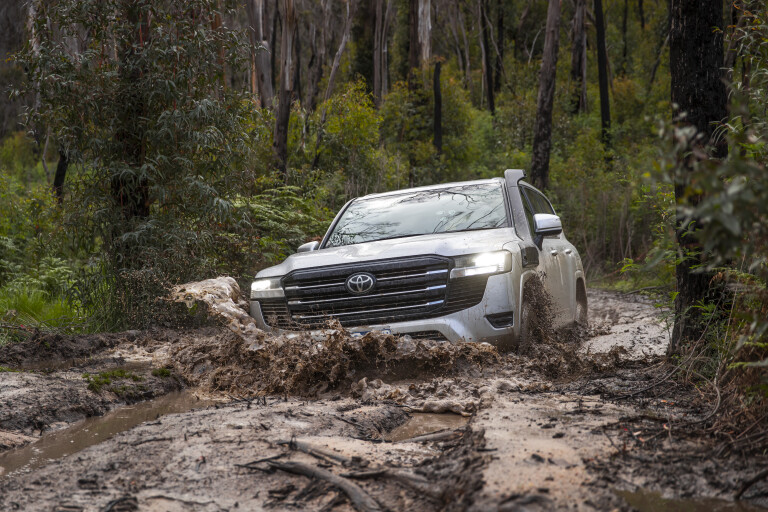
It's early Saturday morning, before first light in fact, and you’re in your new 4x4 heading off for a weekend in the bush. Once you meet up with your mates, the plan is to tackle some gnarly tracks on you way to a beaut camping site.

The tracks involved are interesting and demanding enough, but generally nothing too difficult. But this time it could be different as there’s been rain on and off for months so the ground conditions will be damp, if not wet, even if it’s not raining on this glorious dawning day.
If the track does get slippery and tricky it will come down to your tyres, the inherent off-road ability of your rig, most notably its ground clearance and wheel travel, and your driving skills. But you also won’t be alone as a whole team of chassis electronics engineers are along for the ride, even if they are not there in person. They are the people who have programmed your vehicle’s electronic traction and stability control and associated systems, and the quality of their work will play a major part in how your day progresses. So how did we get here?
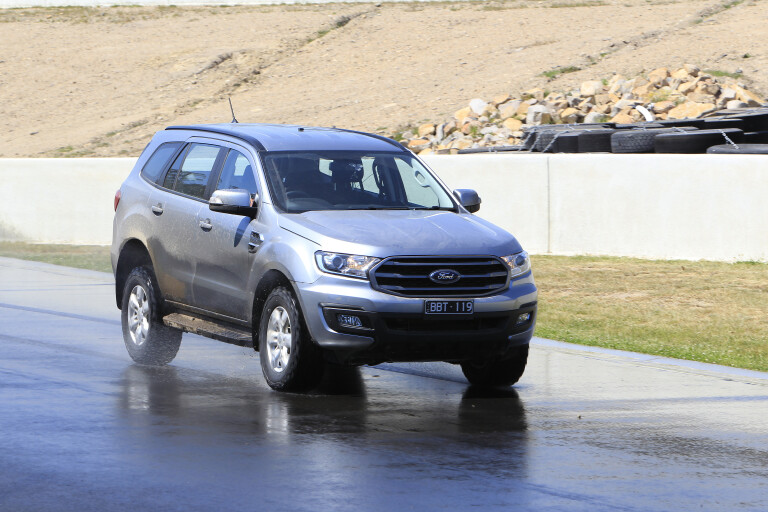
Anti-lock Brakes
It all started with anti-lock brakes. Electronically controlled anti-lock brakes to be precise. These first appeared on the heavier and faster passenger aircraft that arrived in the 1950s to help them stop on the wet or icy runways common in European and North American winters.
The first anti-lock brake systems on planes and those debuting some ten years later in cars, were mechanical. That technology was soon superseded when electronic anti-lock brakes appeared on the groundbreaking faster-than-sound Concorde passenger jet in the 1960s, and the technology was soon adopted by the automotive industry by the early 1970s and became known as ABS.

ABS comes from the German term ‘Anti-Blockier System’ as first used by German automotive-systems manufacturer Bosch.
ABS, as the name suggests, stops the brakes from locking up the wheel and the tyre skidding on the road surface. ABS can module the braking pressure to provide the maximum braking effort in an emergency without the wheel locking more than momentarily. This provides the shortest possible stopping distance on a wet or otherwise slippery road and, more importantly, allows the driver to maintain some degree of steering control, which is not possible with locked front wheels and is even difficult with locked rear wheels.
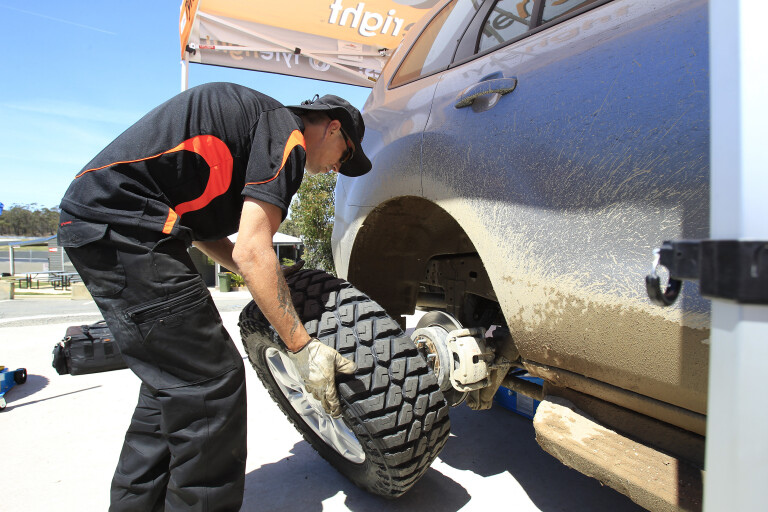
ABS uses wheel-speed sensors to monitor the rotational speed each wheel is doing and how quickly it’s slowing down under brakes compared to the other wheels. And critically, whether it’s slowing that down much that it’s about to lock-up completely.
The information from the wheel-speed sensors is fed to an electronic control unit (ECU), which is the ‘brain’ of the system and regulates the hydraulic pressure being delivered to the brake on any given wheel, and if it’s about to lock up the wheel, the hydraulic pressure and therefore the brake pressure is eased off by closing a valve in the pressurised hydraulic system.
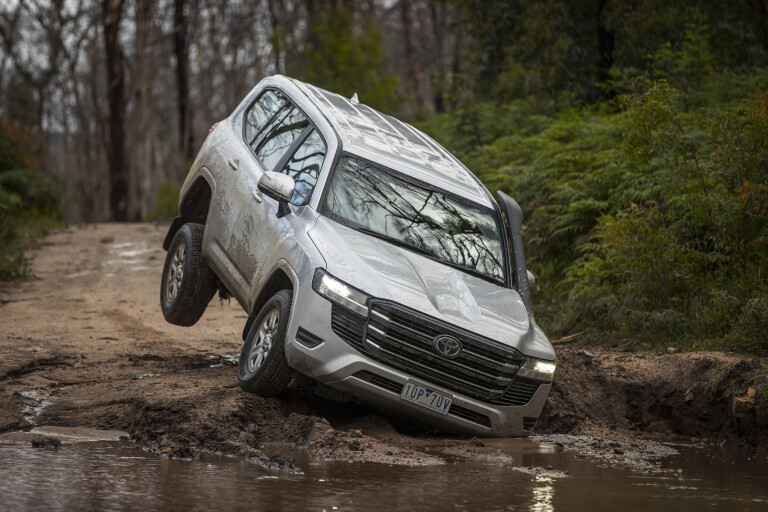
Electronic Traction Control
Electronic Traction Control was in many ways the logical next step from ABS as it – in its most simple form – is just a reversed process of ABS. The development of Electronic Traction Control (ETC), starting in the 1970s, followed hard on the heels of anti-lock brakes. ETC uses the same basic hardware as ABS in wheel-speed sensors, and hydraulic pump and valving systems, it just requires new software programming. For where ABS stops a wheel from locking under braking, ETC stops a wheel from spinning under acceleration. ETC also modulates engine output and reduces it if need be to limit wheel spin, a simple feat once cars adopted electronic rather than manual throttles.
ETC came about as a response to increasingly more powerful cars and their propensity to break traction under acceleration on slippery, wet, snow- or ice-covered roads common in winter in the big North American and European car-buying markets.
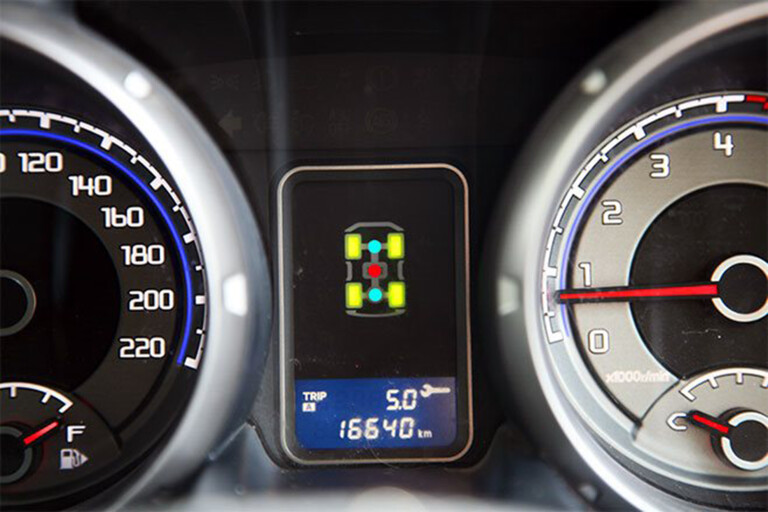
While ETC was originally designed as a slippery-road safety feature, it also brings notable benefit off road. It’s like having what is effectively a limited-slip differential at both ends of your 4x4.
From systems initially developed to limit the loss of traction on wet bitumen but still helped off road, ETC has evolved in (some) 4x4s to have off-road specific programming, often triggered when low range is engaged. Off-road specific ETC is less likely to cut engine power as severely as on-road ETC and so can provide power to the wheel or wheels that have the best traction to help maintain forward progress. In effect it transforms a conventional open differential in to an active power-distributing differential.
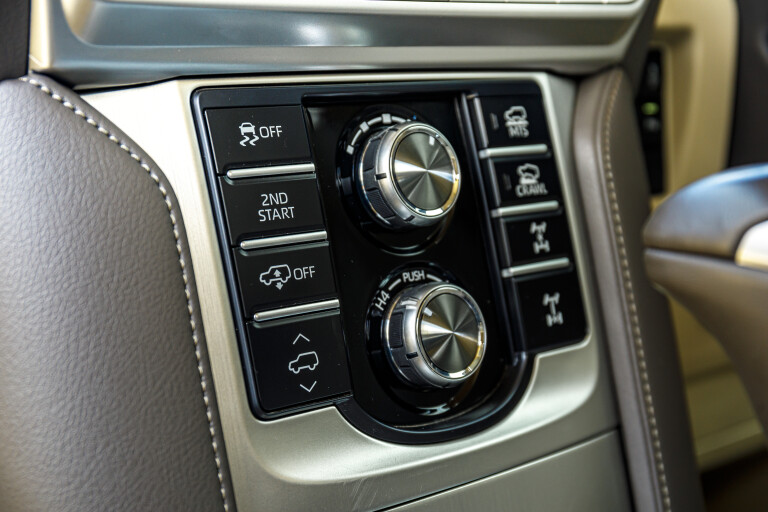
The development of off-road specific electronic traction control has been led by Land Rover, Jeep and Toyota, with other 4x4 manufacturers following suit. Not all off-road specific ETC is created equal and is very much dependent on the quality of the programming and the depth and breath of its development. And if you doubt how effective off-road specific ETC can be, look no farther than a late model (2010 onwards) Jeep Grand Cherokee with fully independent suspension. Despite having quite limited suspension travel (by 4x4 standards) these Grand Cherokees are surprisingly capable off road, thanks largely to their very clever ETC.
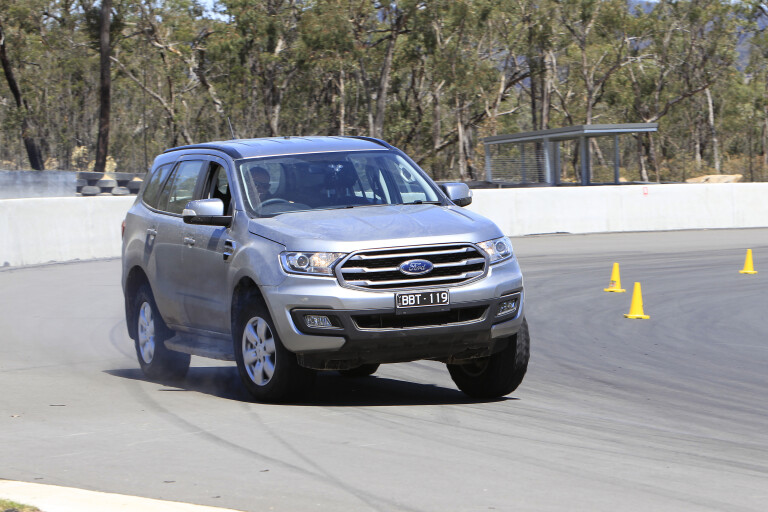
Electronic Stability Control
Despite being often confused with electronic traction control (ETC), electronic stability control (ESC) is in fact a very different thing. More significantly, while ETC is a great help off road, ESC can be a major nuisance. So while ETC will help you not get stuck, ESC can have the opposite effect and be the very thing that stops you in your tracks.
ESC goes under a large number of brand-specific names such as Electronic Stability Program, Vehicle Dynamic Control, Dynamic Stability Control and others, but these are just different names for essentially the same thing, as all attempt to do the same thing. It’s a shame the auto industry can’t adopt a standard name for such an important safety system to provide more clarity to consumers.
ESC first appeared on production cars in the 1980s and built on ABS and ETC by using all of their essential components such as wheel speed sensors. However, ESC introduced several crucial new components in the mix in the form of steer-angle, yaw and lateral-acceleration sensors.

A steer-angle sensor simply measures where the front wheels are pointed in relation to the vehicle, the yaw sensor measures the rotation of the vehicle around its vertical axis, while a lateral-acceleration sensor measures sideways movement.
With information from those sensors, the ESC is able to work out if the vehicle is heading in the direction steered by the driver, as determined by the steer-angle sensor, or heading somewhere else as determined by the yaw and lateral-acceleration sensors. In other words, when going in to a slide or skid. More sophisticated ESC systems then added roll and pitch sensors to measure sideways body roll and fore-and-aft pitching to determine if the vehicle is becoming unstable.

If the ESC determines this is the case, which it can do often before the driver realises anything is wrong, it will work to counteract the skid or slide or roll by applying the brakes on one or more wheels, often to varying degrees on each wheel, or by cutting the engine power.
While ESC is well-proven as one of the most significant on-road safety advances, it can be a hindrance off road, so is not what you necessarily want in a 4x4. The problem with ESC off road shows up most in soft sand or mud and when you’re constantly counter-steering to correct small slides back and forth. I’m sure you know the feeling.
ESC doesn’t like it when you’re steering in one direction and the vehicle is heading in a different direction and reacts to this by applying the brakes and/or cutting the engine power, neither of which you want when momentum is critical, as is the case in soft sand or deep mud.
That’s why all 4x4s have an ESC-off switch even if the default position is ESC-on and ESC will always switch back on once a certain speed threshold – typically around 30km/h – is exceeded.

Terrain Electronic Controls
The compromise imposed by having a simple on-or-off ESC system is the prime reason why terrain-specific control systems, starting with Land Rover’s groundbreaking Terrain Response, and now adopted by several 4x4 manufacturers with varying brand names, have come about.
What these systems do is tailor the response of the ESC and the ETC to suit different driving surfaces such as sand, mud, gravel, etc. Depending on the terrain and vehicle speed, some degree of ESC may be helpful from a safety point of view, so it’s beneficial in having an ESC program that is adaptive rather than being simply on or off. Typically, when you select a terrain program such as sand or mud, the ESC’s activation threshold is raised so it will tolerate some slipping or sliding before it starts to cut engine power or apply one or more wheel brakes.
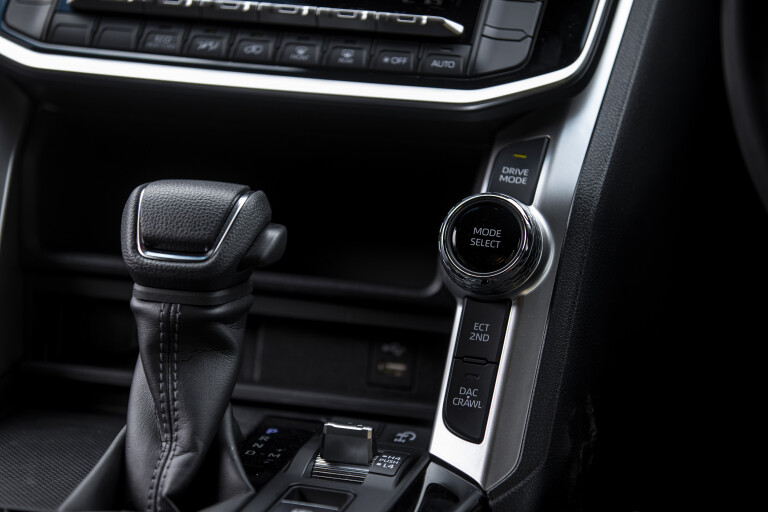
ESC intervention can even be a problem on gravel or dirt roads, where what is a normal amount of understeer or oversteer can have the ESC applying brakes and or cutting the engine power. So having a ‘gravel’ mode switches the ESC to a more tolerant and less intervening level while still retaining some degree of back-up safety.
However, terrain-specific electronic control systems are not just about the integration of ETC and ESC but they also regulate the engine throttle mapping, automatic gearbox shift protocols, and the locking and unlocking of electronic differentials in those vehicles thus equipped. The more sophisticated the powertrain, the more it can be ‘controlled’, hence four-wheel drives with electronic diffs are better off in this regard than 4x4s with purely mechanical diffs.
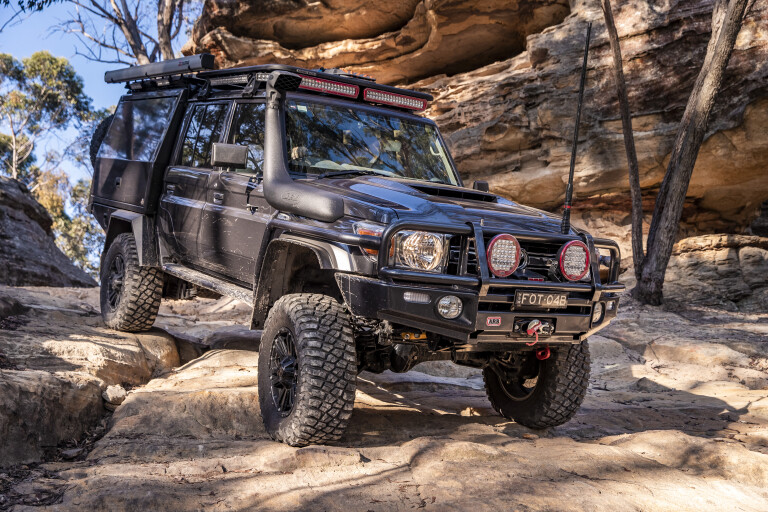
Terrain Speed Controls
The basic engineering hardware of ABS and ETC also underpin the near-ubiquitous hill-descent control (HDC) where automatic brake application limits speed on downhills to a set level. Newer HDC systems allow the driver to adjust the downhill speed, usually via the same toggle or switch that is used to adjust highway cruise-control speed.
HDC control has also been taken one step further with Toyota and Jeep’s Crawl Control and Land Rover’s Terrain Progress Control, both of which maintain a fixed speed downhill, on the flat or even uphill by bringing in automatic throttle application. All the driver has to do is steer!

COMMENTS